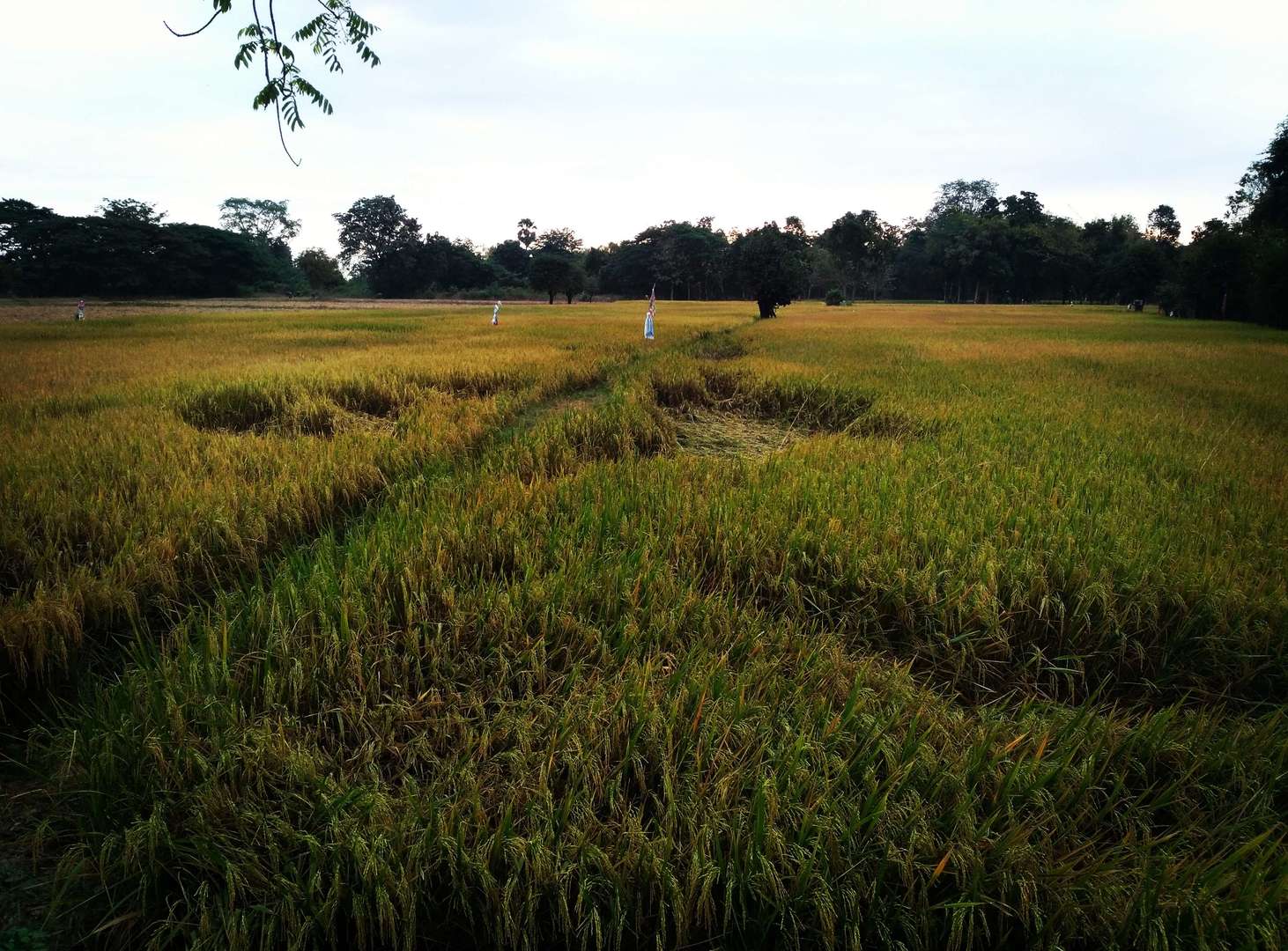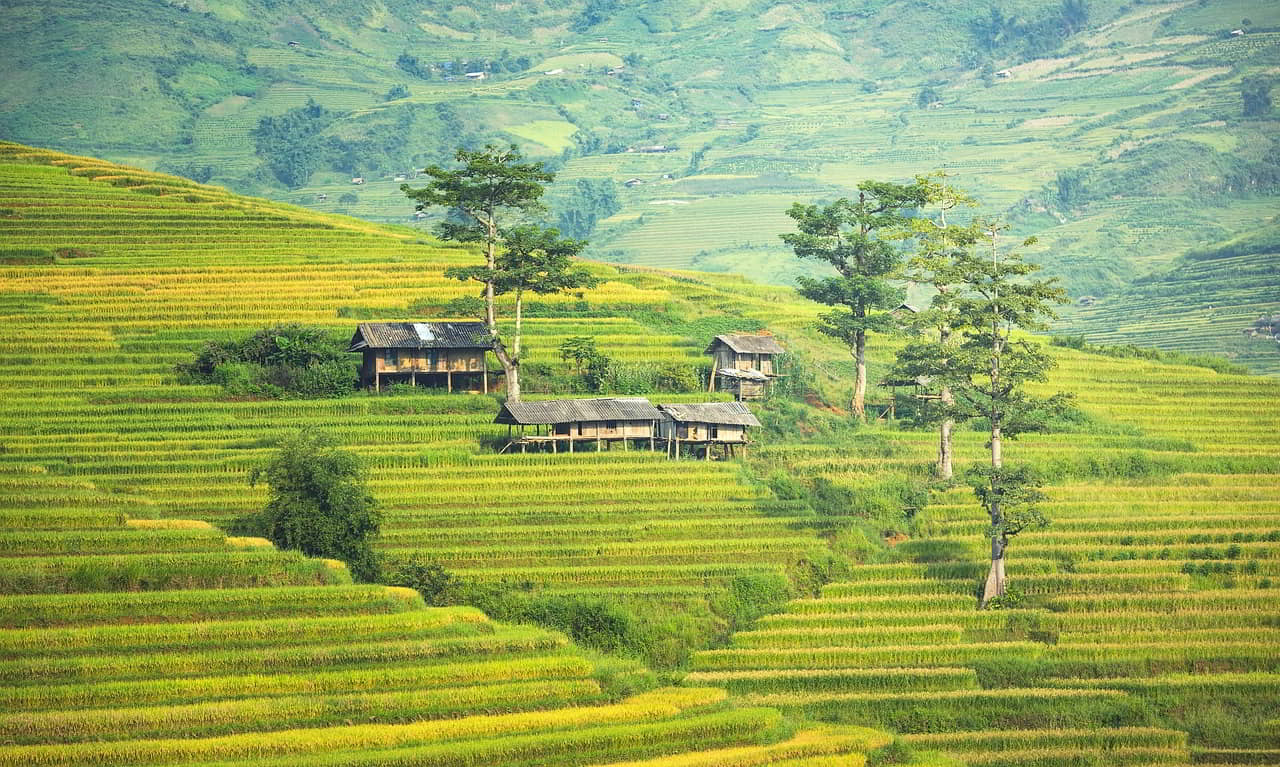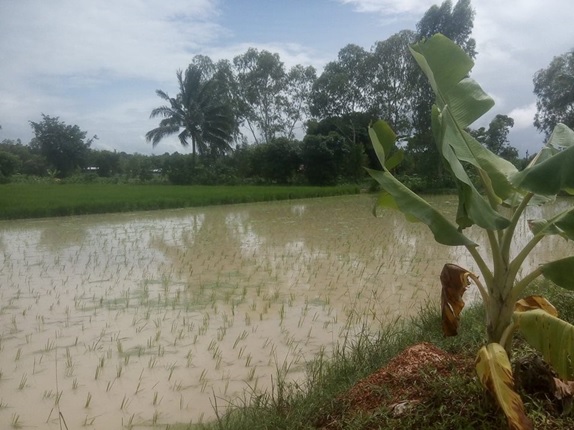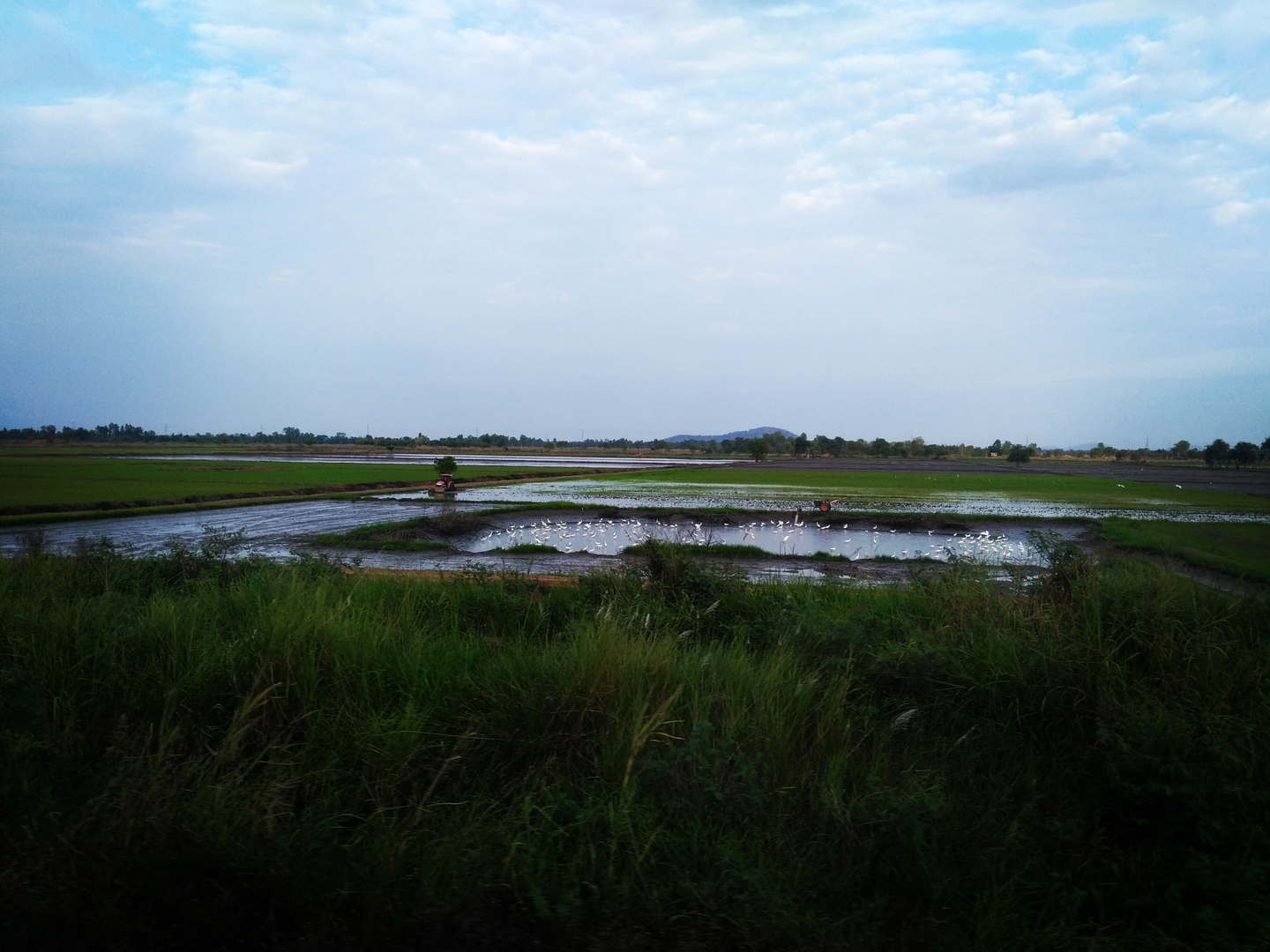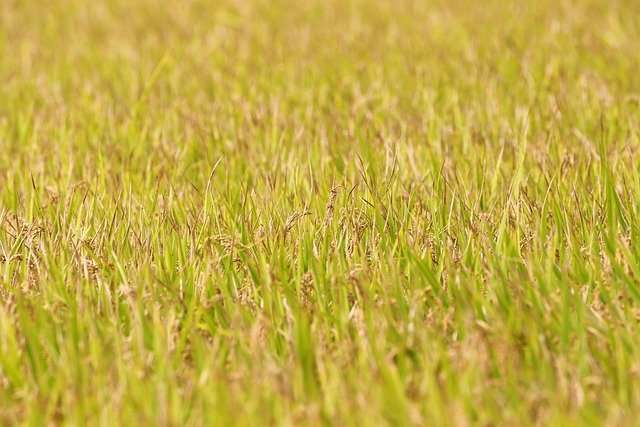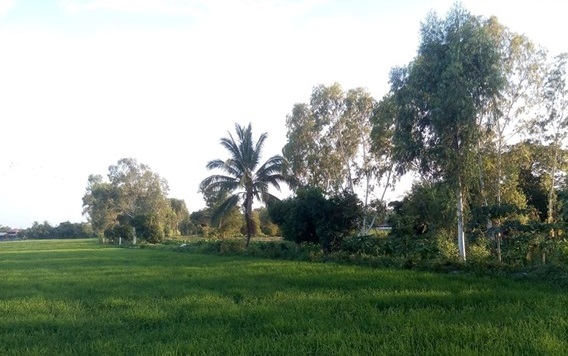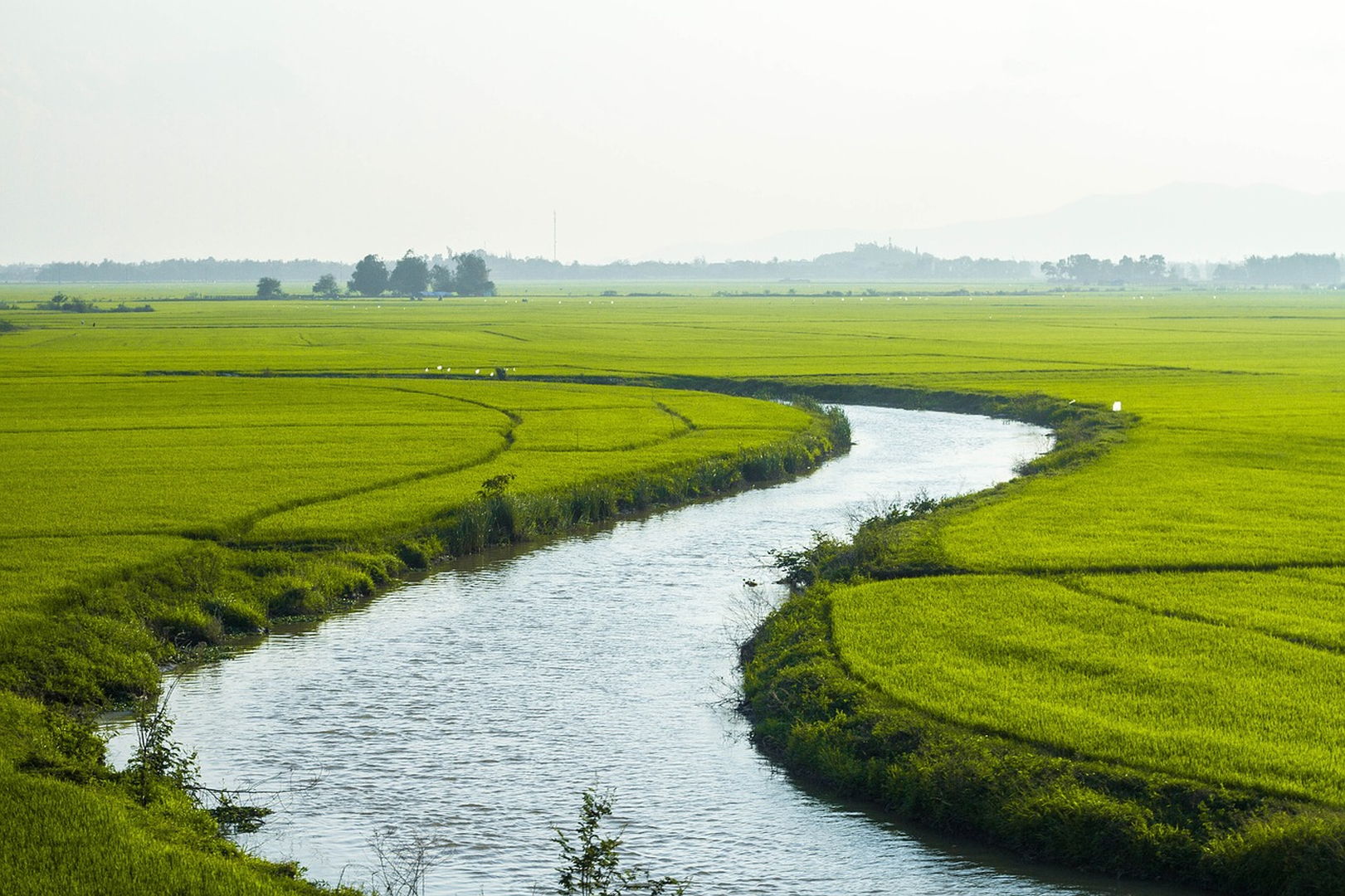
Rice in Thailand : traditions, know-how and agrotourism
Rice underpins Thai life, shaping language, culture and economy. A symbol of prosperity, it presents itself in traditions, varieties and agrotourism experiences across the Kingdom.
Rice is the cornerstone of Thai food culture. Whether as grain or flour, it is omnipresent. So it is no surprise to find it in many rituals, symbolising success, wealth, health, etc. Beyond the cultural dimension, it plays a pivotal role in the country’s economy — as we will see later …
Did you know
In Thailand, rice lies at the heart of culture. Its omnipresence has shaped both society and language: to say one is hungry, you literally say one wants to eat rice.
A time-honoured culture : rice’s origins in Thailand
The earliest evidence of rice consumption and cultivation in the Siam region dates from about 5,500 years ago. Archaeologists uncovered pottery used for storing rice and tools that testify to an ancient rice-farming know-how. Thai farmers are direct heirs to this very specialised craft. Indeed, rice cultivation spread across the Southeast Asian basin by adapting to different terrains. Thus each region developed specific techniques which, despite time, have changed little.
The different rice-farming methods in Thailand
Several techniques coexist to cultivate rice in Thailand. However, three appear as the foundation of all Thai rice-farming practices:
The Na Dum : traditional transplanting
The first model for sowing rice is the method of Na Dum (Na = the field, Dum = the act of planting). Na Dum requires several plots. Each allows for transplanting the rice according to its growth. Thus, a first plot enables germination and seedling production. Once seedlings are mature, they are planted into prepared plots. This method is popular in areas with sufficient labour. It yields rice of excellent quality thanks to systematic selection and transplanting.
The Na Wan : direct sowing
The second method is that of Na Wan (Wan = the act of sowing). Na Wan is based on cultivating in the same space the rice from seed to sowing, from sowing to mature grain. Rice is sewn directly in the field. This method is very common today because of labour and time savings.
The Na Yon : upland cultivation
The third method is called Na Yon (Yon = the act of tossing or letting fall). It is a technique found in highlands. Here the seed is thrown into the field and develops without being transplanted.
Whether it is the Na Dum, Na Wan or Na Yon technique, there are in principle two rice harvests per year. Farmers harvest from October to December.
Rice and taste : Thai varieties
There are many varieties of rice. This diversity stems from rice’s ability to adapt to different terrains and cross-breed grasses. Broadly, Thai rice production can be divided into four major types: fragrant rice or jasmine rice, glutinous (sticky) rice, white rice and brown rice for health.
Fragrant rice originates in Thailand. It has a pandan-like smell. It is one of the most popular in Thailand and abroad. There is no specific region for its cultivation. The same goes for white rice, widely grown throughout the country.
By contrast, glutinous rice is mainly grown in the North-East of the country. The health rice is an unprocessed whole grain, rich in vitamins and fibre, like the riceberry.
Geographically, central regions are the most productive thanks to rainfall and efficient irrigation systems.
Rice in numbers : production and economy
Some data to understand rice’s importance in the Land of Smiles:
- Rice consumption per capita per year is 150 kg. By comparison, the Europeans consume on average just under 6 kg per year.
- In 2024, Thailand produced approximately 34 million tonnes of paddy rice (unprocessed).
- There are about 25 million farmers in Thailand. This figure is sharply declining year after year due to working conditions and, above all, the low income this activity generates.
- Rice cultivation covers a total area of 4 million hectares. That corresponds to 20 % of Thailand’s agricultural area.
- Thailand ranks 5th or 6th in world rice production and is among the top (if not the leading) rice exporters.
- Economically, Thai rice is expensive compared to other Asian producers. The often-invoked reason is the strong baht (currency) which, for some years now, has not suffered large devaluations.
- Rice is an increasingly sought-after commodity. Indeed, the global rice trade is booming owing to strong demand from China. With the arrival of Alibaba, old export channels are being questioned. Many rice farmers may now deal directly with distributors…
- To meet this export surge, rice farmers are increasingly practising multicropping. That means two (and especially three) crops in one year on the same plot. This production surge is not without consequences for environmental issues. Several Thai studies have shown that in recent years the amounts of pesticides and fertilisers have steadily increased in rice farming. Added to that is intensive farming’s effect of soil depletion, water pollution, etc.
Rice agrotourism in Thailand
Thailand is increasingly turning to new types of travel. With overtourism in some regions (the islands), agrotourism or green tourism is increasingly valued. Small operations are emerging and offer visitors the chance to discover local crops up close with the people.
Chiang Rai
Widely recognised for its seriousness in ecotourism and agrotourism, Tigerland Rice Farm allows you to learn how to sow and harvest rice.
Chiang Mai
At The Dhara Dhevi Hotel Chiang Mai you stay in the heart of rice fields in a luxury setting. Here it is not merely agrotourism, but a genuine retreat among the fields, built for rest and escape.
Nakhon Pathom
Sampran Riverside (formerly Rose Garden Riverside) offers a green getaway less than an hour from Bangkok.
Suphanburi
Near Bangkok, in Suphanburi you can explore rice-farming culture at Buffalo Village.
FAQ : rice in Thailand
Why is rice so important in Thailand?
Because it is both a staple food, a cultural symbol and a vital economic resource.
Which rice variety is the most famous in Thailand?
Jasmine rice (Hom Mali), known for its unique aroma and light texture.
When is the rice harvest in Thailand?
The main harvest takes place from October to December, depending on the region.
Can you visit rice fields in Thailand?
Yes, many agrotourism sites like Tigerland Rice Farm or Sampran Riverside allow you to discover rice culture.
Original text by Thawisak KUYBUT, Silpakorn University Bangkok



